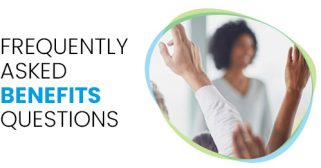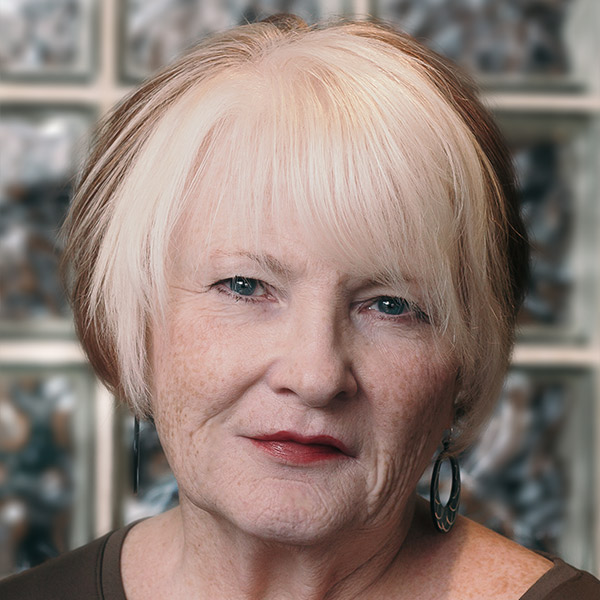There are many reasons why an employer decides to launch a health & wellness program. Reducing healthcare costs and improving the corporate bottom line are often cited. HR professional Cheryl Strobino takes a more personal view of wellness programs. That’s because a preventive screening she received at her company’s health fair seven years ago delivered a priceless return on investment.
Prior to the screening, which involved a finger stick and read-out of her glucose (blood sugar) level, Cheryl had experienced frequent bouts of feeling jittery, anxious, foggy and confused. “I’d have episodes where I’d sit in a meeting with my supervisor and had no idea what was said. I couldn’t even think. Then I’d happen to eat something and would be okay,” she said. “I’d also wake up in the middle of the night from crazy, delusional dreams. I had night sweats and symptoms of early menopause,” added the mother of four.
“After the finger stick I was asked if I was fasting because my glucose was low, about 701,” Cheryl said. She called her doctor to give her the test’s finding, explaining, “I just don’t feel right.”
The health fair’s preventative screening launched Cheryl on an odyssey that continues today.
Her journey began with the new-found realization that low blood sugar was causing her symptoms and threatening her health.
But why was her glucose so low? Cheryl’s doctor quickly scheduled a CT scan, which revealed the chilling cause: a tumor the size of a softball was nestled in her abdomen.
Be Proactive |
| Knowing about hidden health conditions sooner rather than later can be life-saving; that’s the true purpose of preventative screenings. And waiting to seek care can result in higher medical costs, time lost from work, or worse. |
Attitude Matters |
| When I was diagnosed, I never asked, “Why me?” I did whatever it took to get better. |
Be Your Own Advocate |
| You know yourself best. When a medical explanation doesn’t make sense, ask your doctor for further investigation. |
Take Advantage of Resources |
| Embrace your company’s health & wellness initiatives. Some programs offer valuable incentives for completing annual doctor visits and screenings. The real payoff? Knowing your true health status. |
“The diagnosis was pancreatic cancer, the same kind that (Apple co-founder) Steve Jobs had,” Cheryl said. “I was in shock. But the truth is, I wasn’t so much afraid for myself as I was fearful for my kids.”
Surgery in 2011 removed the tumor, part of her pancreas, spleen, gall bladder and 11 lymph nodes. “I was told that I’d probably had this cancer for 20 years,” she said. “If I didn’t get the glucose test at the health fair, I would have died.”
Chemotherapy followed the surgery because cancer remains in her liver. Over the past seven years Cheryl has had monthly injections of octreotide to keep it at bay.
“The cancer—which is called a neuroendocrine tumor—is sleeping,” Cheryl said. While the doctor won’t describe her present condition as remission, “she says I have years.”
Today, Cheryl lives a full life filled with family milestones, including her daughter’s wedding, the birth of a granddaughter two years ago, and her son’s graduation—all made possible because of that preventive screening at the health fair, she said. She continues to work full-time as Director of Human Resources at Corporate Synergies and is an enthusiastic supporter of wellness programs and cancer research fundraising events.
Her cancer surgery took place at Memorial Sloan Kettering Cancer Center in New York, where Cheryl has met many cancer patients. During her follow-up visits and regular MRIs over the years, she and other oncology patients have talked to each other about their experiences with the disease. It took a while for Cheryl to share her story publically, but she wants people to understand the importance of being proactive when it comes to personal health.
“If you look at me, you’d never know what had happened to me,” she said.
She encourages employees to take advantage of corporate health & wellness programs and to complete annual preventive screenings and doctor’s visits. “If your company goes to the effort to put on a wellness program, take advantage of it,” she said. “People say they’d rather not know if they have an illness, but if something is diagnosed before it advances, there is so much more that can be done. For a long time the tumor had been warning me with all of those symptoms,” she continued. “It was giving me many opportunities to check it out.”
Her company’s wellness program gave her the opportunity to act on those symptoms. “I went to the health fair because I wanted to support the wellness program and be an example for other employees,” Cheryl said. “Oh, and a vendor was bringing frozen yogurt,” she added with a laugh.
“My company’s health fair saved my life,” Cheryl said. “I’m just grateful and humble.”
1 Most people feel symptoms of low blood sugar (hypoglycemia) when their blood glucose level is 70 milligrams per deciliter (mg/dL) or lower. Symptoms of low blood sugar can include confusion, dizziness, shakiness, weakness, anxiety, poor coordination, numbness in the mouth and tongue, passing out, seizures, nightmares and coma. People with diabetes sometimes experience episodes of low blood sugar. If diabetes isn’t present, low blood sugar can be triggered by medicines, metabolic problems and diseases of the liver, kidneys or pancreas. Source: WebMD.












